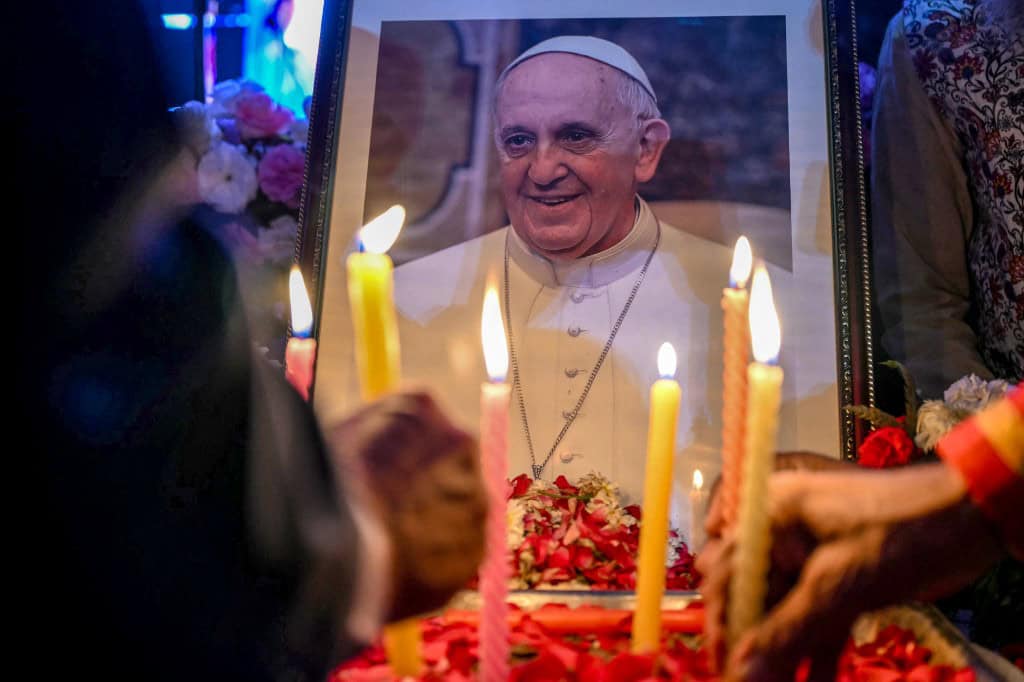Pope Francis implemented during his pontificate a number of significant measures—from reforming the Roman Curia to combating sexual abuse of minors within the Church. Below is an overview of his most important actions as leader of the Catholic Church:
Reforms
Pope Francis sought to carry out a deep reform of the Roman Curia—the Church’s central governing body—in order to strengthen both the proclamation of the Gospel and the listening to local Churches. The Argentine pontiff aimed to decentralize the powerful Curia and give greater roles to laypeople and to women. In 2022, these efforts culminated in a new constitution that reorganized the dicasteries (the Vatican “ministries”) and placed priority on evangelization.
Francis also overhauled the Vatican’s opaque financial sector by creating, in 2014, a Secretariat for the Economy. A formal investment framework was introduced and anti‑corruption measures were adopted. He ordered the cleansing of the Vatican Bank, closing some 5,000 dormant accounts. However, these reforms were slowed by the COVID‑19 pandemic and by the fallout from the “Becciu case,” in which Cardinal Angelo Becciu was tried over a murky property deal involving the Holy See.
Fight Against Sexual Abuse in the Church
The proliferation of clerical sexual‑abuse scandals—from Ireland to Germany, the United States to Chile—became one of the most painful challenges of his pontificate. After a flawed 2014 expert commission and a controversial 2018 trip to Chile that ended in high‑profile resignations, Francis publicly apologized for having wrongly defended a bishop. He repeatedly asked forgiveness from victims and even sheltered survivors in the Vatican.
In 2019, he expelled former U.S. Cardinal Theodore McCarrick—found guilty of abusing minors—demonstrating a zero‑tolerance stance on such crimes. He also established a commission for the protection of minors, later integrated into the Curia, and convened an unprecedented Vatican summit that year. Concrete measures followed: the removal of the pontifical secret over such crimes, mandatory reporting by clerics to their hierarchy, and the creation of listening platforms in dioceses worldwide. The seal of confession, however, remained inviolate.
Diplomacy and the “Peripheries”
On more than 40 foreign visits, Jorge Mario Bergoglio deliberately went to the world’s “peripheries,” especially marginalized countries in Eastern Europe, Latin America and Africa. A staunch supporter of multilateralism, he denounced war and the arms trade and fostered dialogue among all religions. His historic 2021 trip to Iraq cemented a special bond with Islam.
In 2018 he brokered an unprecedented agreement with China’s communist government on bishop appointments. Under his watch, the Holy See also helped thaw U.S.–Cuba relations in 2014 and backed Colombia’s peace process. The Church he led opened channels in regional conflicts—from Venezuela to Nicaragua and Costa Rica, from Haiti to the Dominican Republic—but was unable to mediate in the 2022 Russian invasion of Ukraine. That war also stalled the gradual rapprochement with Russian Orthodox Patriarch Kirill, after their landmark 2016 meeting—the first between East and West since the Great Schism of 1054.
Migration, Environment and Social Justice
From Lampedusa—where migrants cross into Europe—to the Greek camp on Lesbos, the Argentine pontiff defended refugees and urged their unconditional welcome, recalling their flight from war and poverty. In his 2015 encyclical Laudato Si’, he called for a “green revolution,” criticized the irresponsible exploitation of God’s creation, and reaffirmed his commitment to “integral ecology.”
In 2020, after consulting global religious and indigenous leaders, he issued an exhortation defending the Amazon and introduced the concept of “ecological sin.” The COVID‑19 pandemic further amplified his calls for greater social justice.






